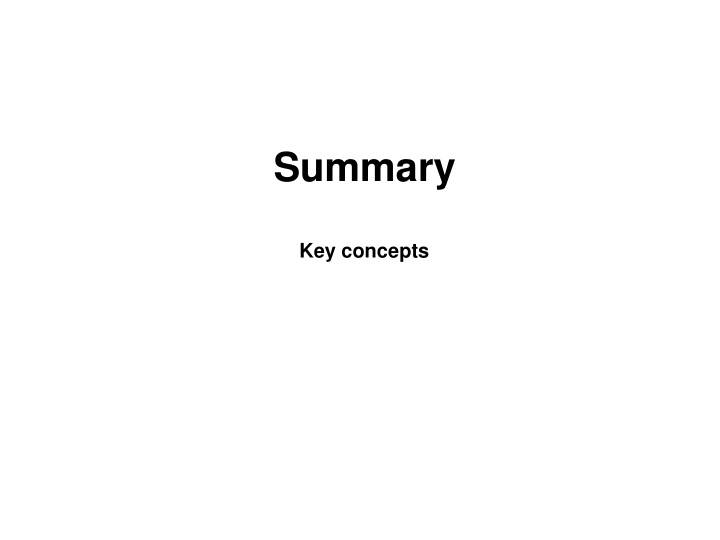



Summary Key concepts
Aims • Course content The course covers the development and use of large networks aimed at supporting collaborations within and between organisations and different sectors of society. Examples include large in-house corporate networks, public information networks at sector and national level, open electronic market places, digital libraries etc. The course considers various dimensions of such networks, crucial problems linked to their realisation and use, and key topics in current research. • Learning outcomes The course aims to provide students with a good understanding of important factors for successfully developing and using information infrastructures, and to enable students to assess how specific plans on establishing such networks can be realised.
II Theory • Design theory – Kernel theory – Design principles and guidelines • Cases (paradigm examples?)
Towards a Theory of Information Infrastructures A Theories of Information Infrastructures (Evolution & Design) Process Strategies Architecture Governance Assemblage Theory Actor Network Reflexive Complexity Science Theory Modernisation
Kernel Theory • IIs: – Evolving installed base (not designed from scratch) – complex evolving system/assemblage/network • Complexity theories
ANT • Actant • Association • Enrollment • Alignment • Inscription
Compl. Science – side-effects (network externalities, network effects,..) – Increasing return – Path dependency – Lock-in
Reflexive Modernization • (globalization) • Reflexivity: boomerang effects
Assemblage theory • Relations of exteriority (=association) – Properties – Capacities to interact • Two dimentions – Material-expressive – Stabilizing-destabilizing • (standardization-flexibility) – Thresholds, emergence, non-linearity
Theories of Technology • Thomas P. Hughes: Large Technologival Systems • W. Brian Arthur: The Nature of Technology: What It Is and How It Evolves
II Kernel Theory • Evolution of the installed base – shaped by interactions between – Process Strategy – Architecture – Governance regimes • Complexity theories: What is common for all systems • II Theory: How specific features of the system shape its evolution
Process strategy • Strategies – T-D, B-U, specification driven, experimental/learning driven, incremental, iterative, .. – bootstrapping ,...
Architecture – Modularization • Degree (loose/tight couplings) • How – Generic: » Generativity » Open (extensible) or closed » Gateways » Layered, platform, end-2-end, SOA, INA, SPA, .. – Specific » ......
Governance regimes • Organizing – Involvement – Tightly controlled hierarchy or loosely coupled informal network • Legal issues – Licenses – Contracts • Tools – Project management tools (planning, milestones, accounting, ..) – Tools for communication and information sharing • Examples: – Internet (Open Source) vs. Telecom – Android vs. Apple – iMode vs. CPA – National EPR in Denmark
Design guidelines: Installed base cultivation • Processes – Scaling, adoption, innovation – Restructuring • Simplicity: Arch, gov. regime, • Generativity (not always: e.g. eCustoms) • Bootstrapping • Installed base as resource (design for, with and against IB)
Recommend
More recommend